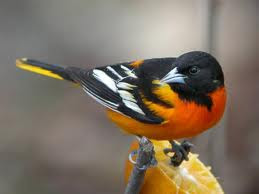In terms of reproductive behavior, mammals fall into three groups- the egg layers, the pouched mammals and the placentals. The egg layers or monotremes, show several reptilian features and are represented only by the platypus and the echidnas. The pouched mammals, or marsupials, are confined mainly to Australia and New Guinea. They are born at very early stage – the new born red kangaroo is about the size of a broad bean- and continue their development while feeding on milk in a pouch on the mother’s body. Placentals, which make up the vast majority of living mammals, give birth to their young at a much later stage of development. While inside the mother’s body the offspring are nourished by the placenta, through which food and oxygen pass from the mother’s blood stream to the foetal blood stream. Many placental babies are so well developed by the time of birth that they can run about almost as soon as they are born.
Man has domesticated many mammal species for both work and pleasure, and has also created many different new breeds. Small mammals, especially rodents such as mice, gerbils, hamsters and guinea pigs, make excellent pets for children. Among slightly larger animals, cats and rabbits make good pets. Dogs were the first animals to be domesticated, probably over 10,000 years. Their ancestors were almost certainly a race of small wolves that lived in Southwest Asia. There are now well over 400 recognized breeds of dogs, including a wide range of working and sporting dogs as well as the more familiar pets.
Horses were first domesticated more than 4,000 years ago, when at least two breeds of wild horses- the Tarpan and Prexewalski’s horse – roamed the steppes of central Asia. One or both of these may have contributed to the domestic horse. Many breeds of horse now exist, from tiny ponies to the great shire horses once common farm animals and now making a comeback as draught animals.





